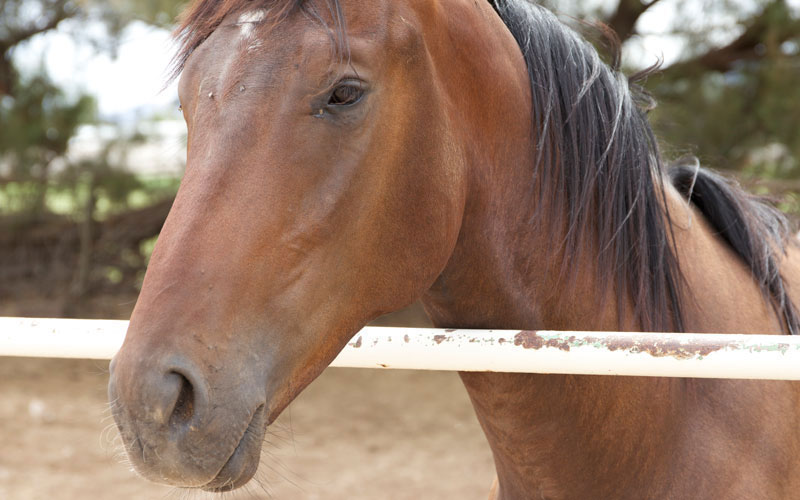MESA – Hunters, conservationists, hikers and campers are being courted by Tonto National Forest to help determine a future that balances preservation and tourism.
See related coverage
The U.S. Forest Service asks people to offer views on a preliminary plan on how the forest will be used, preserved and managed, including discussing whether to limit target shooting and restrict the retrieval of big game.
The proposal also emphasizes the importance of having Arizona native fish available for fishing, promoting conservation programs such as Leave No Trace, engaging diverse and historically underrepresented communities and offering year-round tourism activities, according to the 132-page document.
Forest employees has been conducting open houses in communities throughout the Tonto National Forest, with the next public meeting planned for Wednesday afternoon in Young, Arizona. Several have already happened in the Phoenix metro area, with the last one planned for Nov. 21 in Phoenix.
People who can’t attend one of the hearings can comment online by Dec 21.
At an early November hearing in Mesa, most of the dozens of people attending the open house represented the Salt River Wild Horse Management Group. Simone Netherlands, who heads the organization, said half of their 90 volunteers showed up at the meeting, wearing the organization’s white T-shirts marked with a logo of a horse trotting in water.
“Anything that’s planned in the Tonto National Forest, we think it needs to include consideration for the wild horses that are present there,” she said. Pesticides, logging and mining can negatively affect the horses, she said.
Netherlands and other members of the public are being asked to influence the guidelines for a draft plan this spring, said Kenna Belsky, a planner for Tonto National Forest.
“The forest plan is the guiding document for all forest management. Every forest in the nation has one,” Belsky said.
Belsky said the plan originated in 1985 and this is the first major update.
Forest officials have to balance recreational uses, like fishing, hunting and target shooting, with preservation of wildlife and plant life.
The plan addresses air quality, tribal relations, caves, rivers and an array of other issues affecting the forest.



